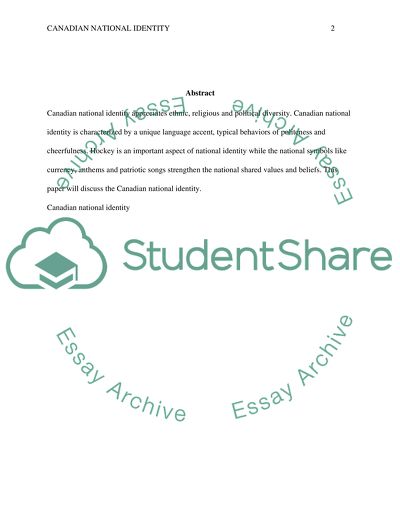Cite this document
(Features of Canadian National Identity Coursework, n.d.)
Features of Canadian National Identity Coursework. Retrieved from https://studentshare.org/environmental-studies/1619883-canadian-national-identity
Features of Canadian National Identity Coursework. Retrieved from https://studentshare.org/environmental-studies/1619883-canadian-national-identity
(Features of Canadian National Identity Coursework)
Features of Canadian National Identity Coursework. https://studentshare.org/environmental-studies/1619883-canadian-national-identity.
Features of Canadian National Identity Coursework. https://studentshare.org/environmental-studies/1619883-canadian-national-identity.
“Features of Canadian National Identity Coursework”. https://studentshare.org/environmental-studies/1619883-canadian-national-identity.


